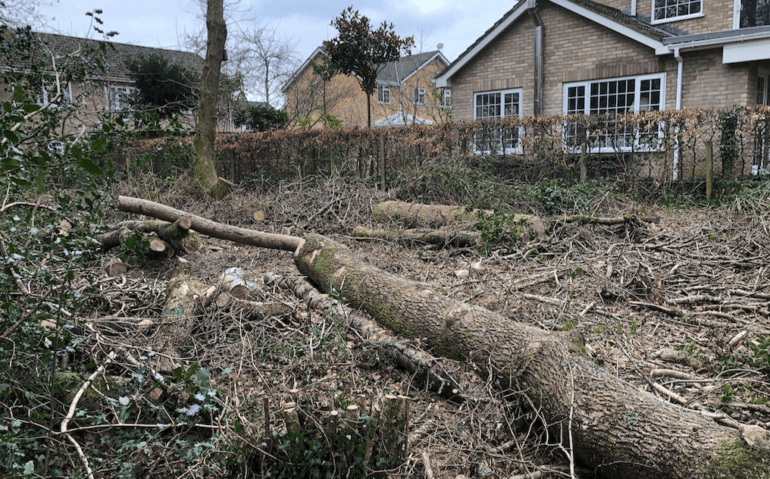Cardiff Council has removed 33 trees with ash dieback infection in the last 10 months
TWO ash trees in Coed-y-Felin woods in Lisvane have been cut down after becoming infected with ash dieback, a disease which kills ash trees.
Ash dieback causes trees to become brittle, which means they may eventually fall down.
The trees in Coed-y-Felin were near the Ivydale entrance, next to a residential property. They were removed to avoid the possibility of them coming down on the house.
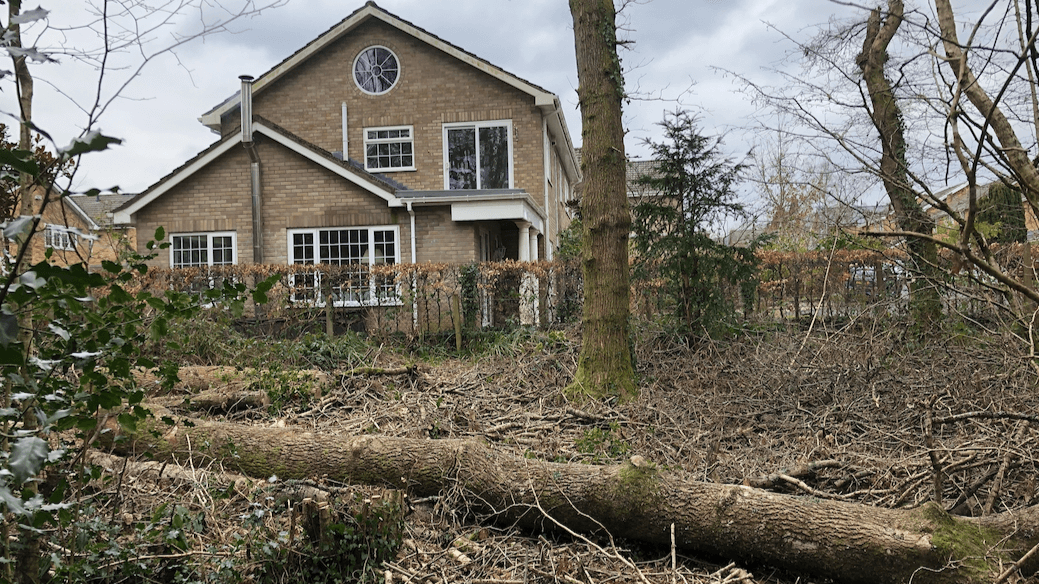
David Jones, chairman of the Friends of Coed-y-Felin, said it was worrying that “ash dieback has found its way into Coe-y-Felin.”
The “very large” trees were estimated to be between 40 and 50 years old.
Cardiff Council said 33 trees with advanced ash dieback infection have been removed over the last 10 months and a further 13 have been identified as needing removal.
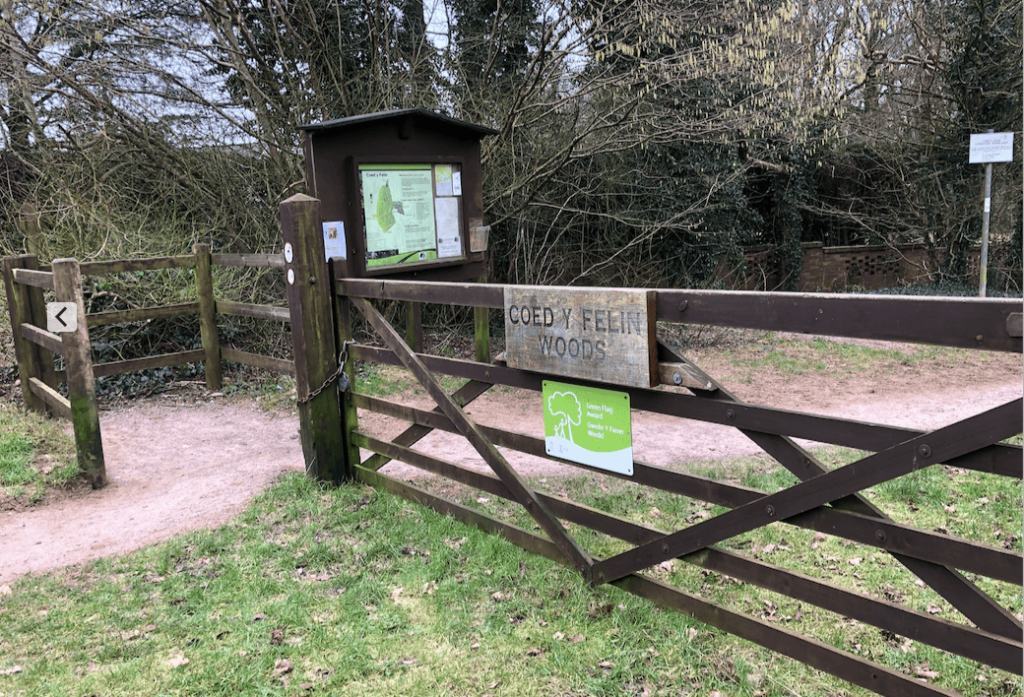
The trees in Coed-y-Felin were covered by a preservation order, but were allowed to be felled because of the risk to property.
The Woodland Trust says ash dieback will eventually kill around 80% of ash trees in the UK. It was first recorded in the UK in 2012. The spores that cause the disease travel in the wind, meaning trees nearby and further afield can become infected. They predict ash dieback will cost British society £15 billion. In the UK, 20% of all trees are ash.
Signs of ash dieback include leaves developing dark patches in summer, which then wilt and discolour. Dieback of shoots and leaves is also visible in summer. Bark will become brittle and may look a brownish-grey underneath.
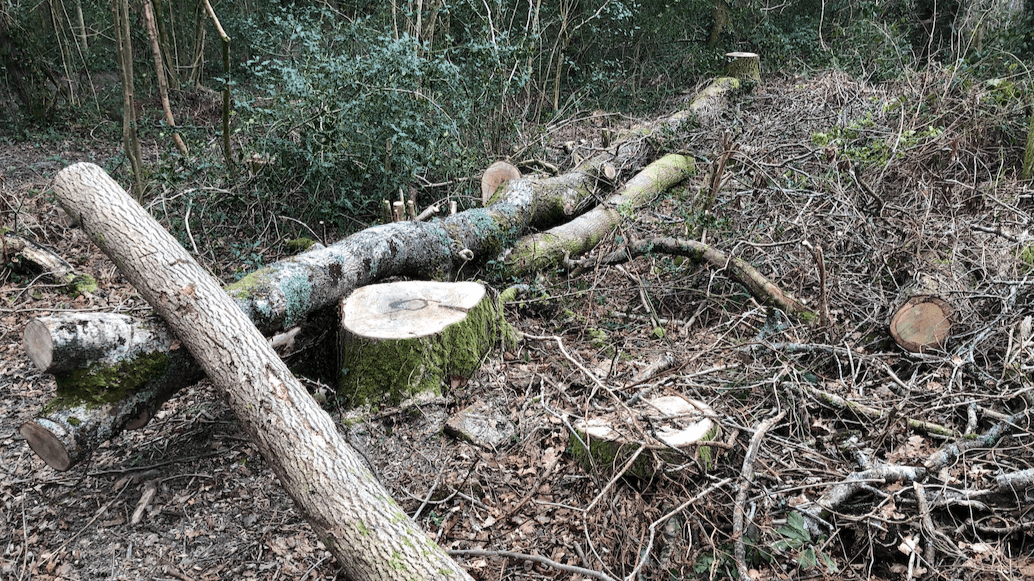
Not all infected trees will be removed. Many in woodland areas will be left to die naturally because of the biodiversity benefits of fallen trees.
Helen Hancock, chair of Lisvane Community Council, said: “It is going to be a huge issue in the next few years for Cardiff Council. They will need to have a programme of assessment of ash dieback risk and if they need to fell trees in order to avoid damage to property and people.”
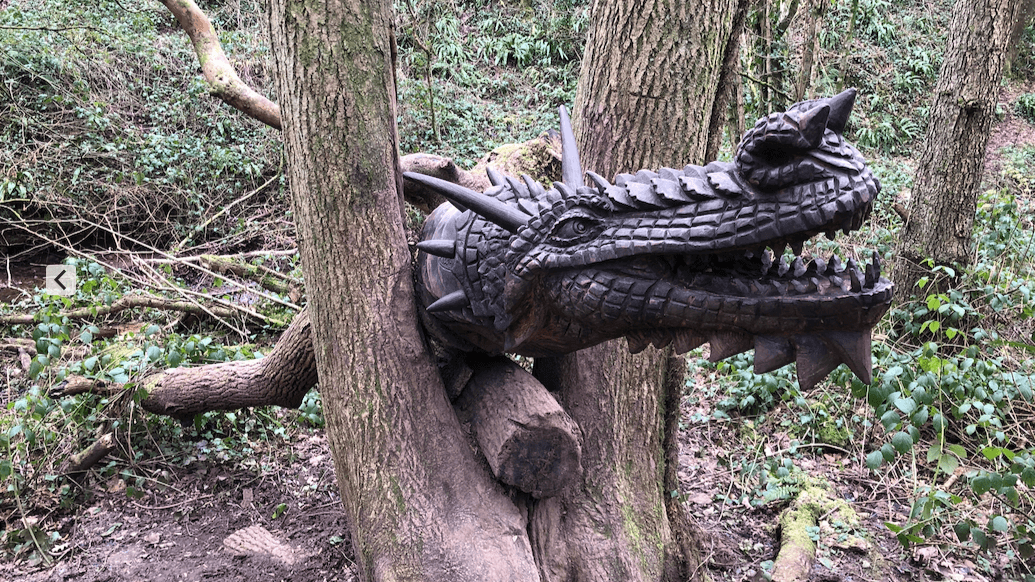
A Cardiff Council spokesperson said: “Sadly, ash dieback threatens the majority of the UK’s ash trees and Cardiff’s ash population is no different. Although the removal of a tree is not something to be done lightly, our first priority has to be public safety.
“It’s important to note that it is not just trees on publicly-owned land that will be affected. There are large numbers of ash trees on private land in Cardiff. These trees are the responsibility of the landowner and we would urge anybody with ash on their property, particularly those with trees close to public highways, to make arrangements for them to be assessed for signs of the disease as soon as possible and take appropriate action, if necessary.”
If you have seen signs of ash dieback, you can report it on the national tree alert system here. If you are worried about damage to property or life in Cardiff, you can contact Cardiff Council at parks@cardiff.gov.uk.


